Your Guide to Floating Floorboards
Find out all you need to know about floating floorboards. From product features down to installation we've got you covered.
Find out all you need to know about floating floorboards. From product features down to installation we've got you covered.

A floating floor is a floor which can be installed without nails or glue and is held in place by gravity and the interlocking support of the boards. Floating floors were first used for laminate flooring but is now used for engineered timber flooring and hybrid flooring.
There are various types of floorboards that can be installed using a floating method instead of being glued or nailed to the subfloor. These include engineered timber, hybrid, laminate, and bamboo flooring. However, the installation process and associated costs for floating these types of floorboards can vary.

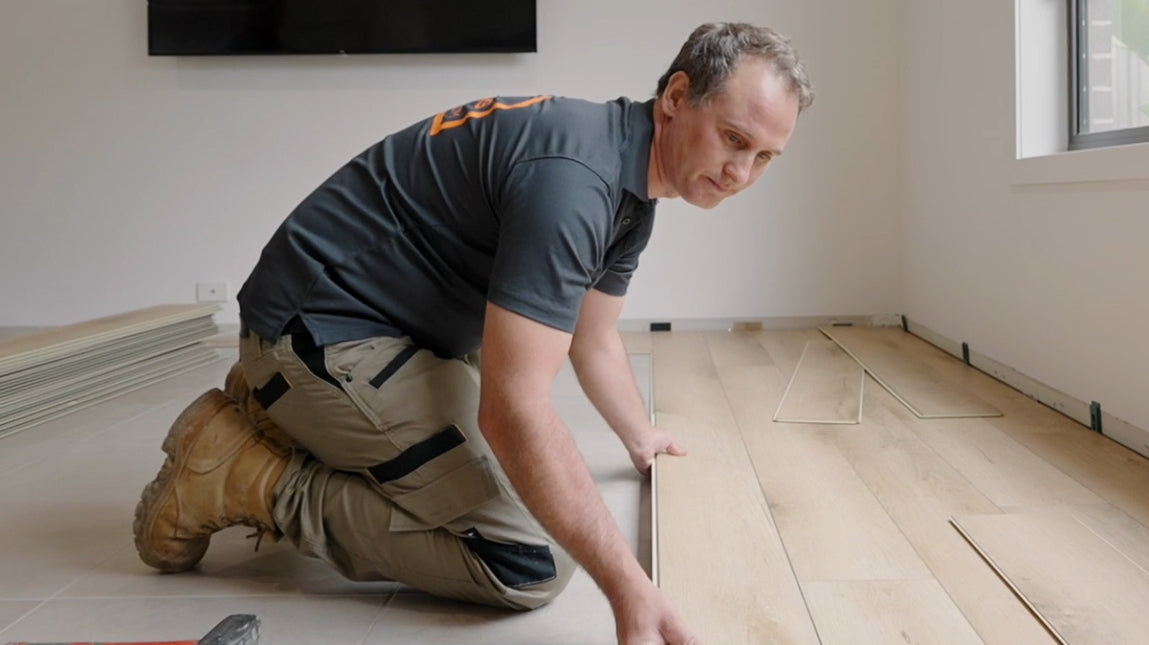
Floating floor installation is simpler and more cost effective than direct stick installation. In many cases, it can also be a DIY project.

When comparing floating floors to glue down there are both advantages and disadvantages to both applications, particularly for timber flooring.
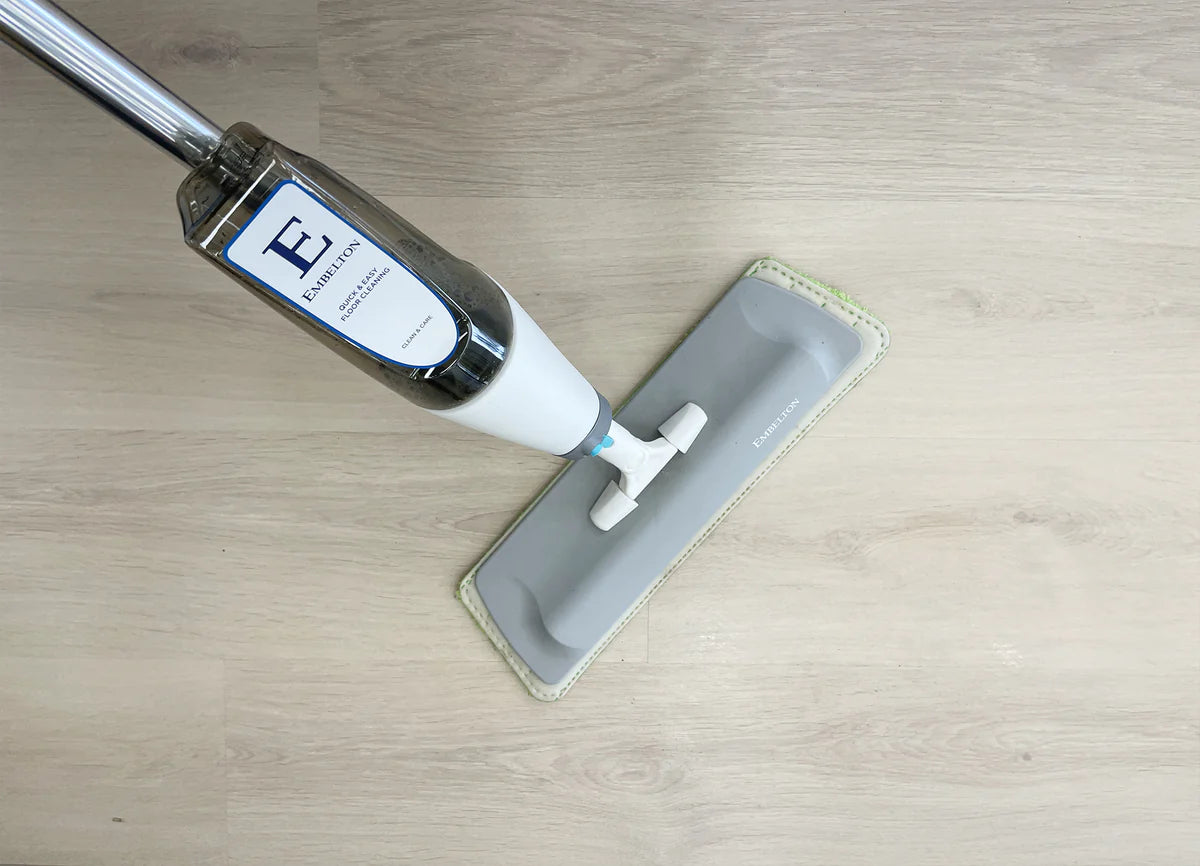
How to best maintain your floating floors will depend on the type of flooring used. Hybrid and laminate floors, which are both floated, are undoubtably some of the easiest floors to clean. Engineered timber however, will require a little more care to keep looking day one fresh.

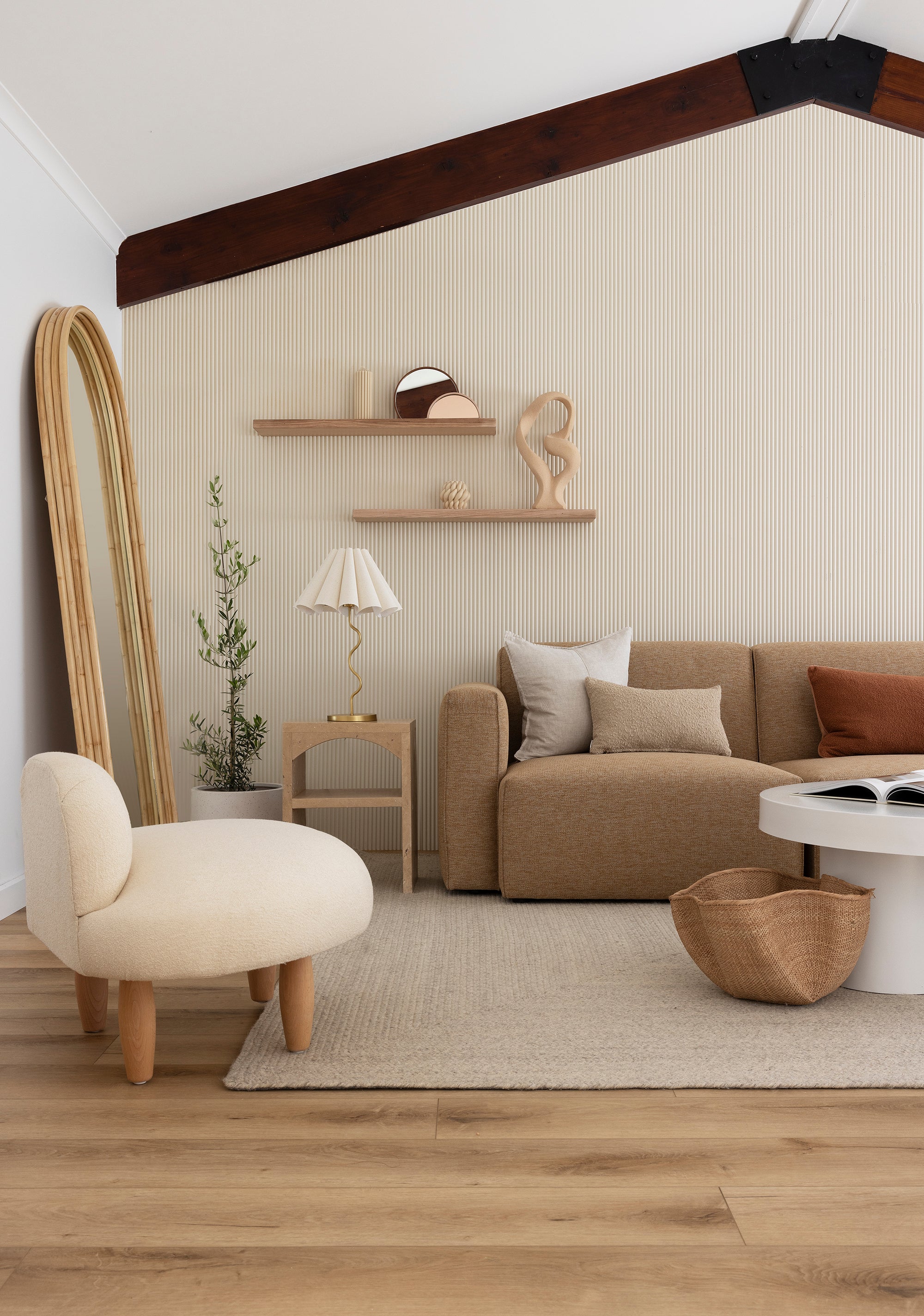

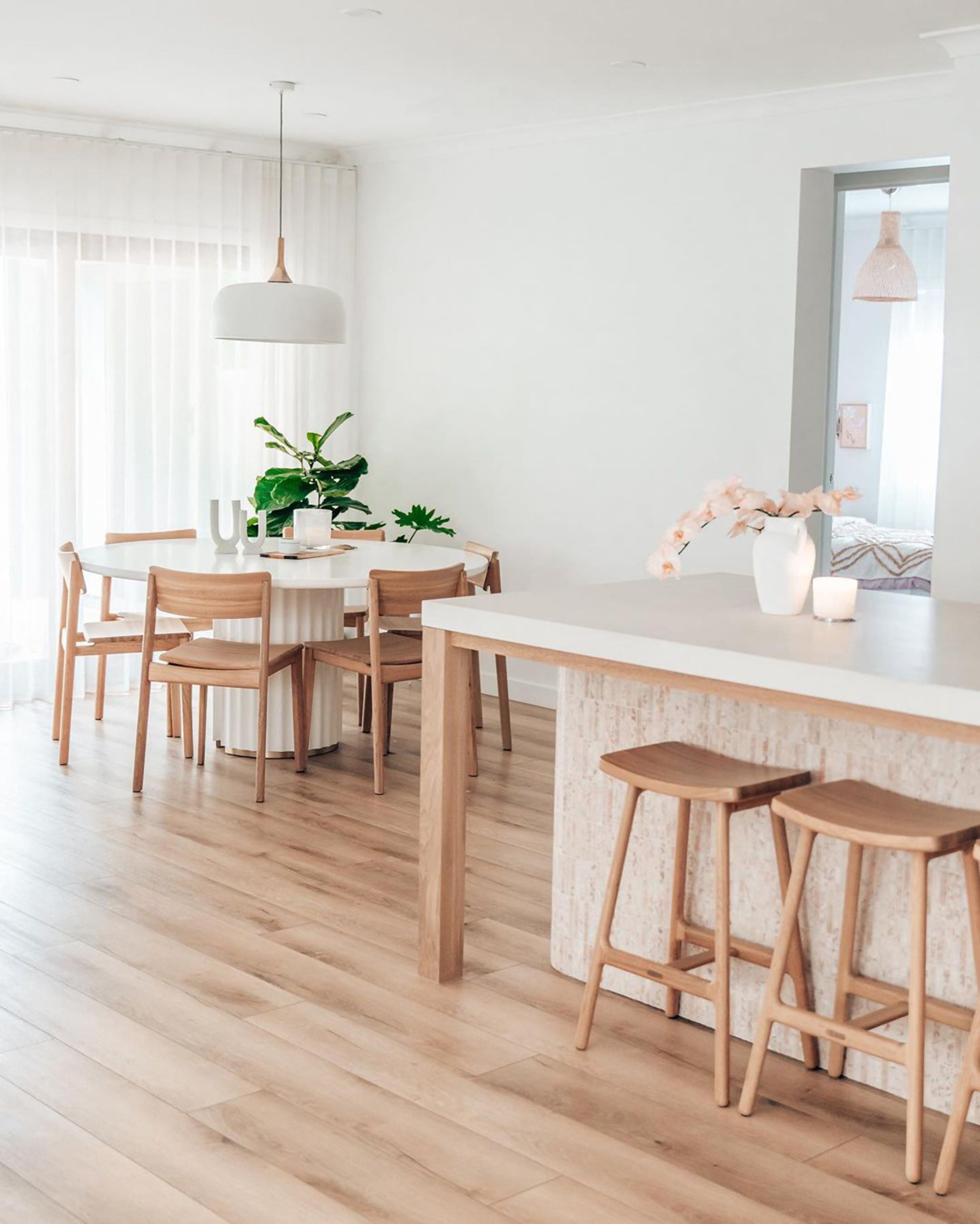
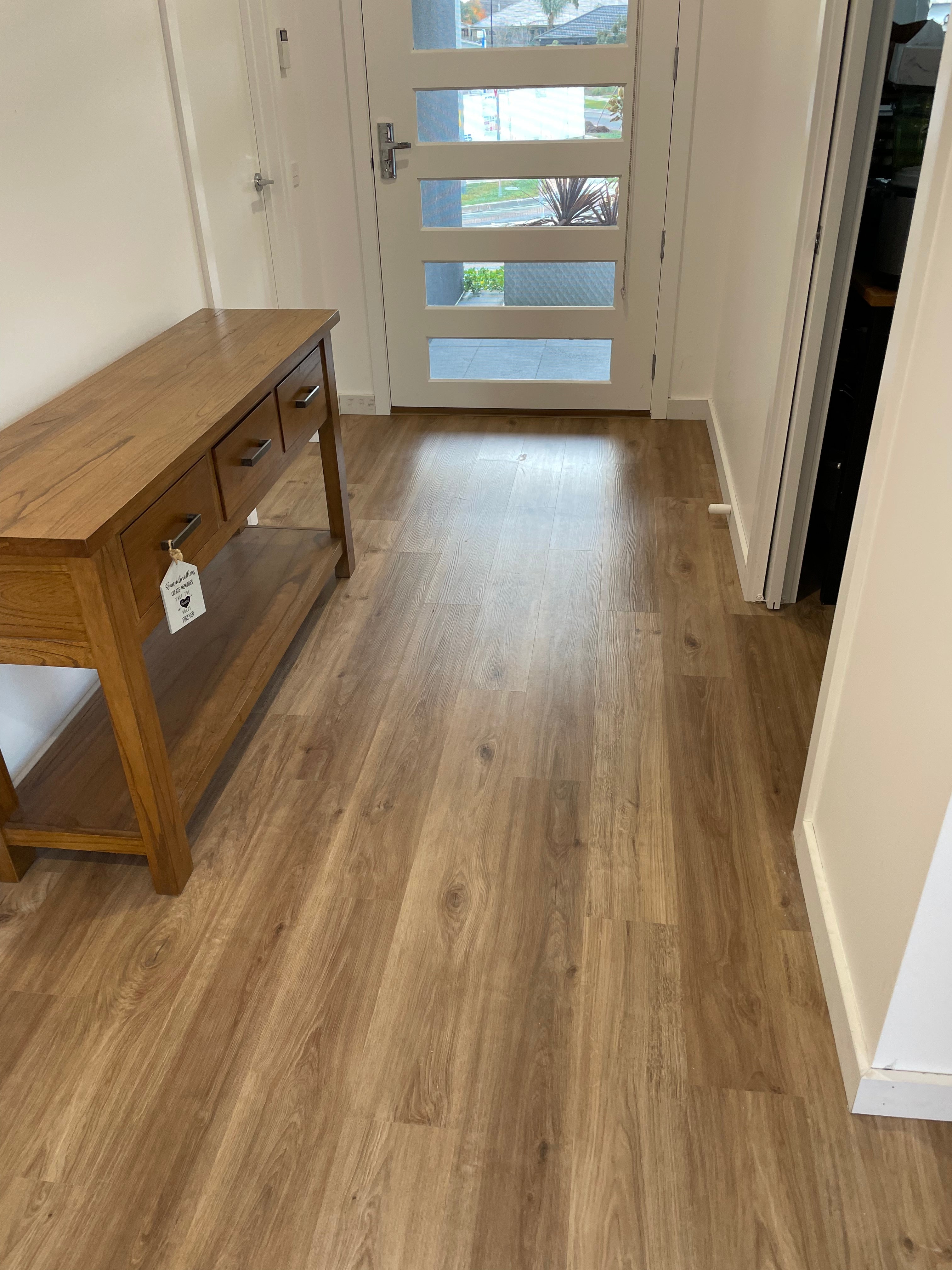
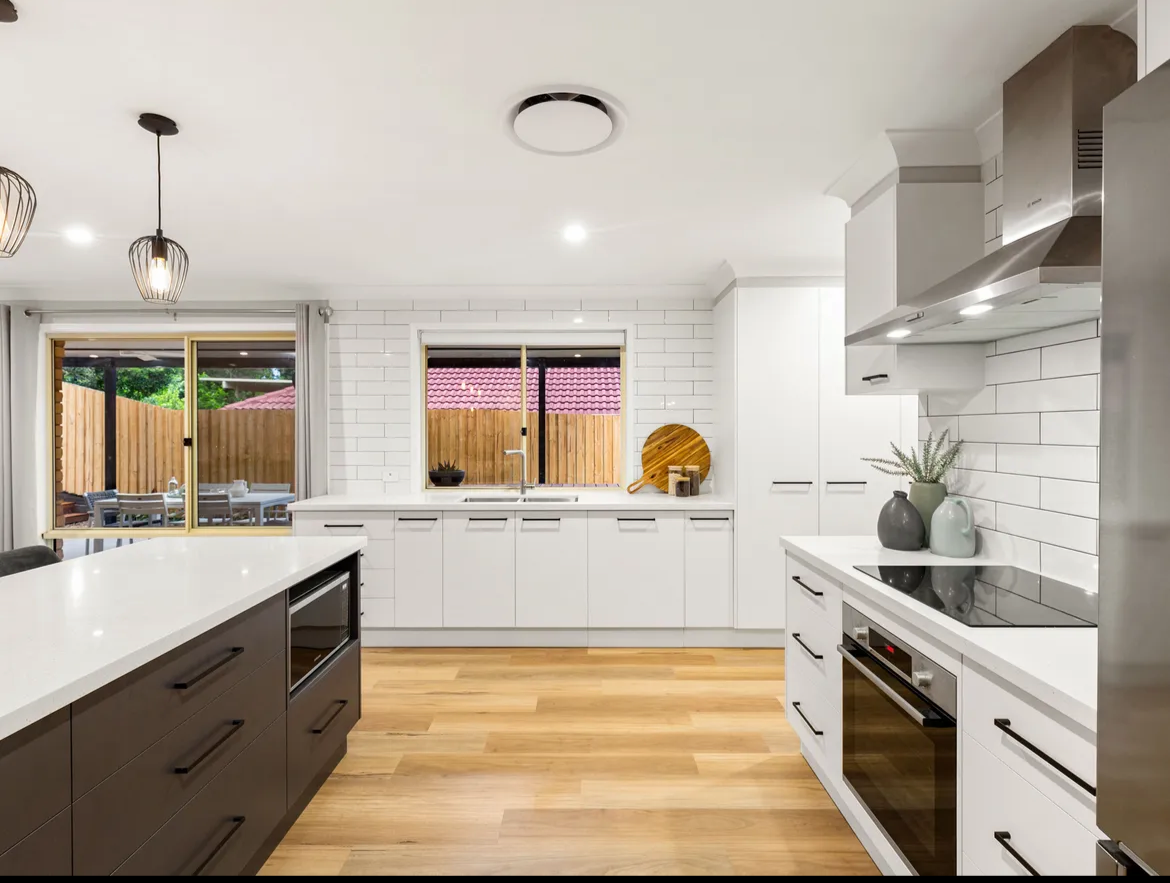
What our happy customers have to say...
Postcode not found, please try again